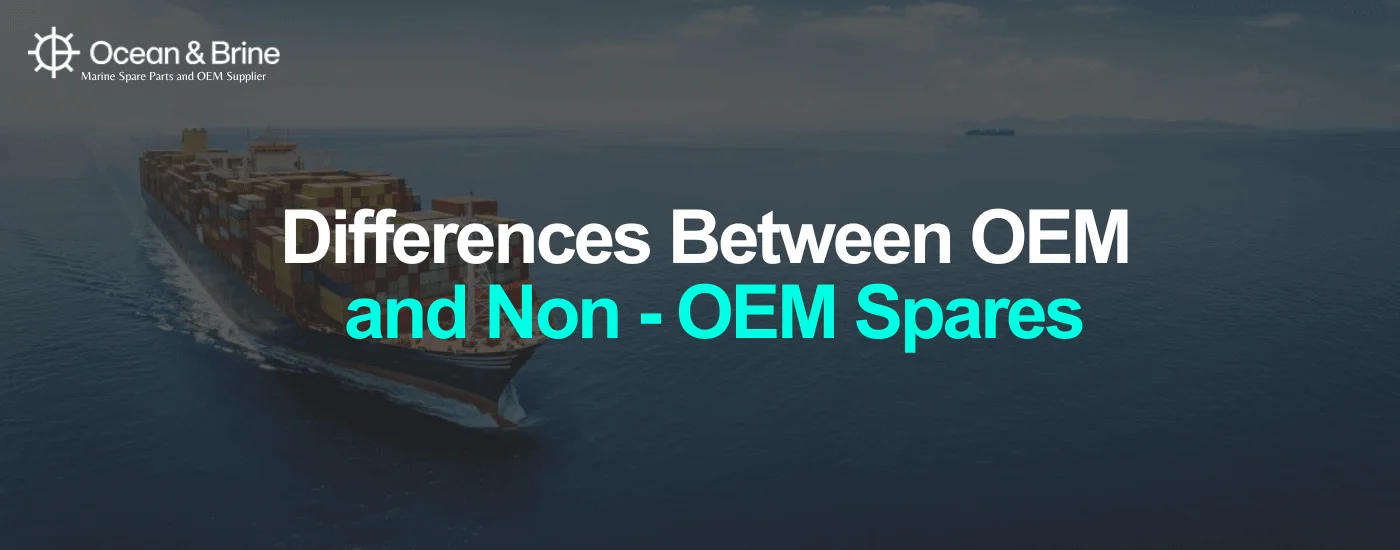When it comes to marine spare parts, there are two primary categories: OEM (Original Equipment Manufacturer) spares and non-OEM spares, which are manufactured by third-party companies. It’s important to understand the differences between these two options in terms of quality and reliability. Here’s a breakdown:
- Quality: OEM spares are manufactured to the same high-quality standards and specifications as the original equipment, ensuring that they meet the desired level of performance and longevity. On the other hand, non-OEM spares may not adhere to the same standards, potentially leading to compatibility issues and reduced performance.
- Reliability: OEM spares are designed and thoroughly tested to work seamlessly with the original equipment, providing optimal performance and reliability. Conversely, non-OEM spares may lack the same level of design and testing, resulting in compatibility issues and reduced reliability.
- Warranty: OEM spares often come with a warranty from the manufacturer, ensuring that the spare part will perform as intended. Non-OEM spares may not offer the same warranty coverage, leaving the buyer at risk if the spare part fails.
- Safety: OEM spares are designed and tested to meet safety standards, minimizing the risk of accidents and injuries to crew members. Non-OEM spares may not meet the same safety standards, increasing the potential for safety hazards.
In conclusion, OEM spares differ from non-OEM spares in terms of quality and reliability. OEM spares adhere to the same high-quality standards as the original equipment, offer warranty coverage, meet safety standards, and provide optimal performance. Non-OEM spares may not meet the same standards, leading to compatibility issues and reduced performance. As a marine spares provider, Ocean & Brine prioritizes OEM spares supplier to ensure the safety and efficiency of ships and crew members.
